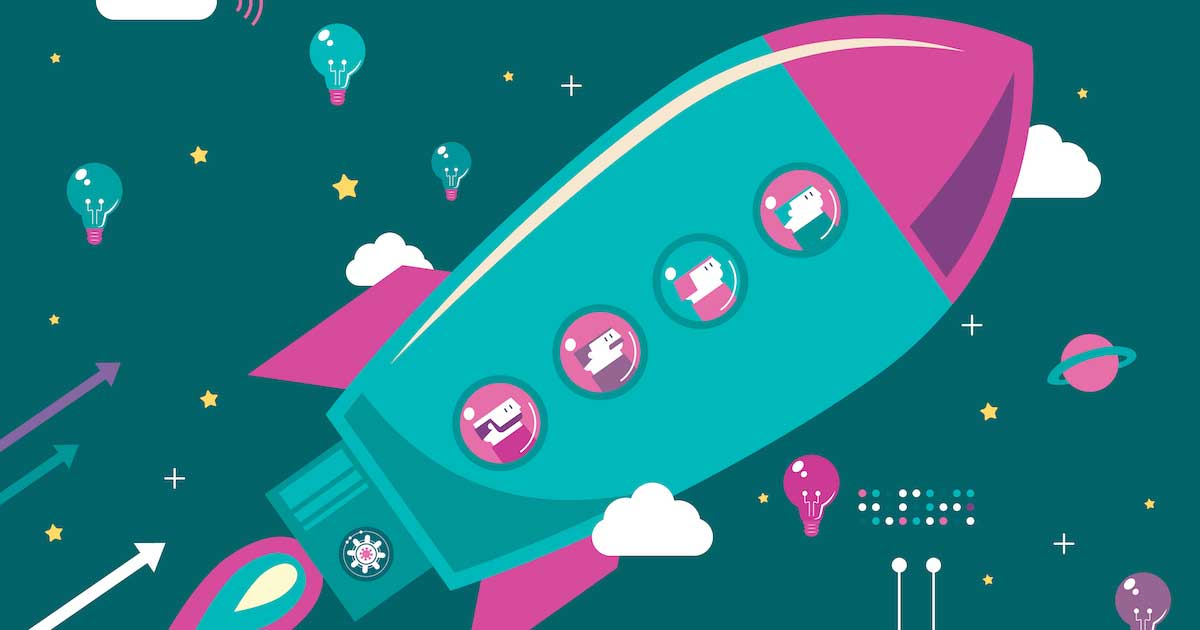In talking with a close industry friend, we shared how we had both received some interesting reactions when asked for our opinions about the future of meetings and events. I truly believe that in-person business meetings and events will be back stronger than ever, as soon as safely possible.
Some have seen this reaction as old-fashioned, clinging desperately to a pre-pandemic business model that is gone forever. I mean, who can argue the savings companies have experienced from a reduction in business travel, going digital with their live conference or even transitioning to a 100 percent work-from-home environment? Wouldn’t it be financially irresponsible to go back to in-person engagement?
And who can argue that the flood of new event technologies has brought amazing design elements and audience growth? There is no doubt this golden age of online event platforms has spawned an impressive variety of engagement tools. Who needs to invest the time and resources for face-to-face events anymore?
My optimism could be seen as denial to these online trends. Or my opinion could be biased by wanting our industry’s thousands of unemployed workers to be restored, hotel rooms filled and the joy of travel restarted. But even if I am biased toward face-to-face over digital options, there is science that supports my belief that in-person engagement will never be replaced by other options.
I’ll take a hug and handshake, a good debate while sharing a cup of coffee and a celebratory toast over a digital experience any day.
In her 2017 TED Talk, psychologist Susan Pinker investigated one of the world’s Blue Zones, where people live the longest and are healthiest: Sardinia (the full list is Okinawa, Japan; Sardinia, Italy; Nicoya, Costa Rica; Ikaria, Greece; and Loma Linda, Calif.). In addition to some clear consistencies in diet and lifestyle, key differentiators in these zones revolve around community, belonging and relationships. In a very basic sense, those people that have healthy social outlets and community live longer. Dr. Sanjay Gupta reiterated this mind-body connection in his new book Keep Sharp, noting that one key factor to maintaining brain health is a vibrant social life.
So, what do community and social interaction have to do with virtual events? There are many studies that show the increased brain activity and oxytocin release when people are with each other in person. Oxytocin is the neurochemical that has allowed us to become social creatures. It makes us feel empathy, which helps us feel close and bonded to others when it’s released. And it is activated best by human touch. In addition to the neuroscience, we know that non-verbal cues are most of how we communicate, which can best be read when we are together. Finally, being in a community can help one battle the feelings of depression and social isolation rampant over this past year.
So, call me old-fashioned. I’ll take a hug and handshake, a good debate while sharing a cup of coffee and a celebratory toast over a digital experience any day. I believe that the human spirit has a deep need for in-person interaction, and it always will.
Annette Gregg, CMM, MBA
MPI Senior Vice President, Experience
agregg@mpi.org







